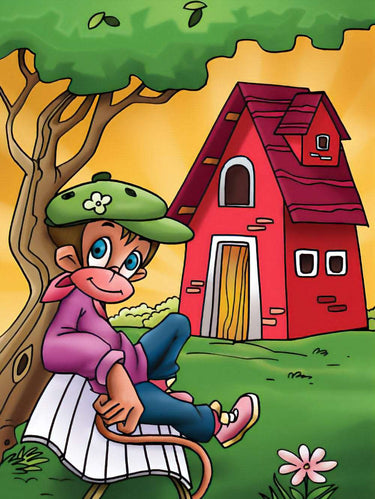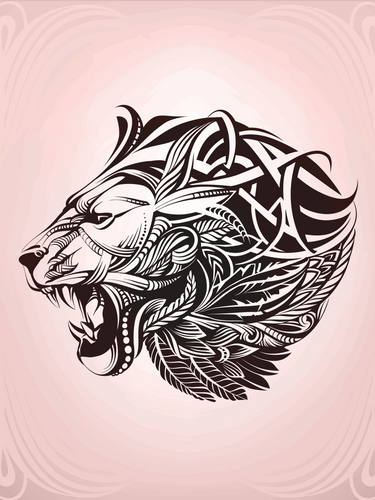Medical illustration is a useful technique for visualising evidence, recording results, and explaining complicated forensic ideas in the complex field of forensic pathology, where the mysteries of death are solved via difficult study and analysis. Medical illustrators assist forensic pathologists, investigators, and legal specialists in the examination of fatalities and the pursuit of justice by showing pathological changes, traumatic injuries, and anatomical features. This article examines the various uses of medical illustration in forensic pathology and emphasises how important it is for crime scene reconstruction, autopsy reports, and courtroom displays.
1. Documentation of Autopsy Findings:
Medical illustrators produce intricate drawings that depict pathological illnesses, traumas, and anatomical features seen after autopsy. These drawings operate as visual recordings of postmortem exams, capturing the location, severity, and features of injuries as well as other pertinent information. They are essential to forensic pathology reports because they provide precise, lucid, and consistent documentation of autopsy results, which helps forensic pathologists analyse and interpret the evidence.
2. Trauma Analysis and Reconstruction:
In forensic pathology, medical illustration is an essential tool for illustrating traumatic injuries brought on by assault, mishap, or other trauma. These depictions, which can be either digital renderings or intricate drawings, can precisely show the position, kind, and severity of injuries such stab wounds, gunshot wounds, blunt force trauma, or asphyxiation. They support forensic pathologists in reconstructing the sequence of events leading up to death as well as identifying the cause, manner, and mechanism of death. Medical illustrators provide assistance in forensic cases by illustrating wound anatomy, causes, and injury patterns.
3. Facial Reconstruction:
Medical illustrators work alongside forensic anthropologists and forensic odontologists to develop facial reconstructions based on skeletal remains in circumstances when the identification of a deceased person is unknown or in cases of decayed or skeletal remains. Law enforcement organisations can identify unidentifiable people and find leads in cases involving missing persons with the use of these facial reconstructions.
4. Demonstration of Medical Procedures:
Medical illustrators draw images of medical procedures—such as incisions, dissections, organ removal, and sample collection—that are carried out during postmortem investigations. These examples help forensic technicians and pathologists perform comprehensive and methodical autopsy while following established procedures and guidelines.
5. Enhancing Crime Scene Reconstruction:
Medical illustration aids in crime scene reconstruction in forensic investigations by providing a graphic representation of the events leading up to death and the spatial links between injuries, evidence, and surrounding circumstances. Diagrams, maps, or three-dimensional renderings that show the body's position, bloodstain patterns, trajectory analysis, and other forensic evidence are examples of illustrations. Medical illustration helps detectives piece together the circumstances surrounding death and identify possible suspects or motives by offering illustrations for crime scene reconstruction.
6. Supporting Courtroom Presentation:
In courtroom presentations, medical illustrations play a crucial role, especially when it comes to criminal trials, civil litigation, and coroner's inquests where forensic pathology evidence is involved. It helps attorneys, juries, and judges understand medical jargon, deliver autopsy results, and visualise difficult forensic ideas. Medical illustration helps to make expert testimony more effective, facilitates the interpretation of complicated forensic evidence, and helps with the administration of justice by offering precise, accurate, and persuasive visual representations. Medical illustrators produce visual aids and exhibits for courts to bolster the testimony of forensic pathologists.
7. Advancing Forensic Education and Research:
Medical illustrations, which offer visual record of case studies, research findings, and instructional materials, are an essential tool in forensic education and research. It serves as an example of forensic pathology procedures, principles, and case studies in textbooks, scientific publications, and training materials. Medical illustrators produce instructional materials and training aids for law enforcement officers, medical examiners, forensic pathology students, and other experts in death investigation. These materials, which improve knowledge of forensic pathology concepts and procedures, include interactive multimedia presentations, online modules, atlases, and textbooks.
8. Virtual Autopsy and Digital Imaging:
Medical illustrators use digital tools and software to produce three-dimensional (3D) reconstructions of forensic cases as well as virtual autopsies, thanks to advancements in medical imaging technology. Particularly in complicated or multi-trauma cases, these digital imaging approaches improve postmortem findings' visualisation, processing, and interpretation.
In conclusion:
In summary, medical illustration is essential to forensic pathology because it helps with crime scene reconstruction, records autopsy results, aids in courtroom presentations, and advances forensic research and education. Medical illustration aids in death investigation and forensic pathology's pursuit of justice by improving crime scene reconstruction, courtroom presentation, and the visualisation of traumatic injuries. Medical illustration will continue to play a crucial role in assisting forensic investigations, fostering comprehension, and guaranteeing precision and clarity in the interpretation and presentation of forensic evidence as technology and forensic science develop.






